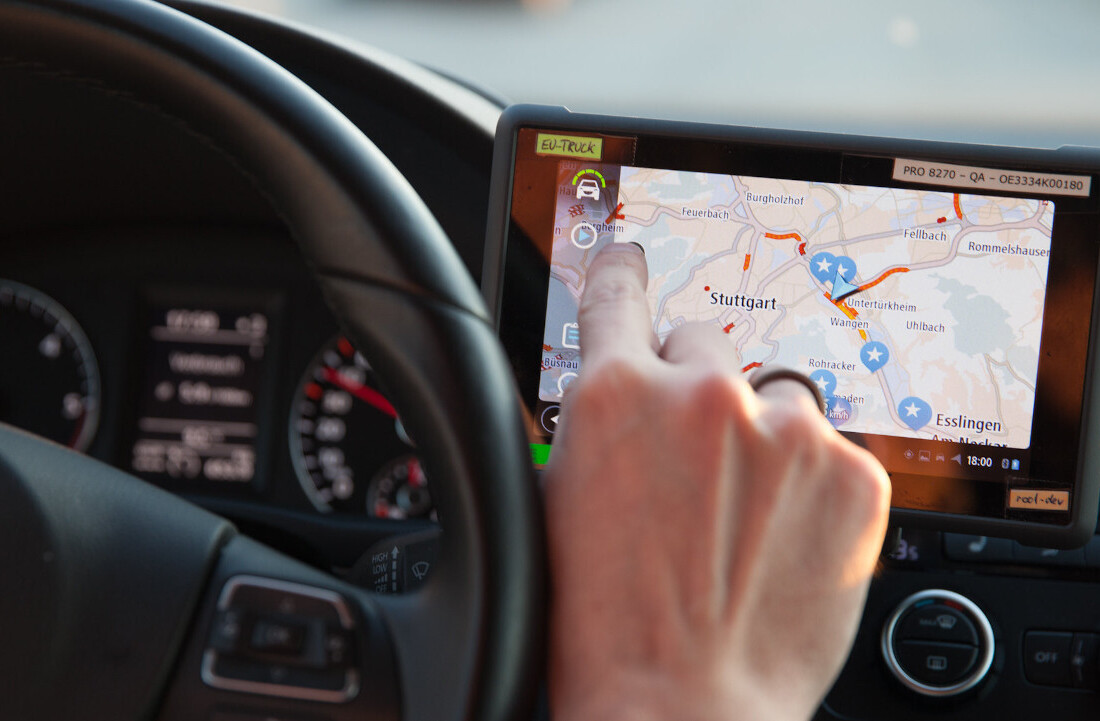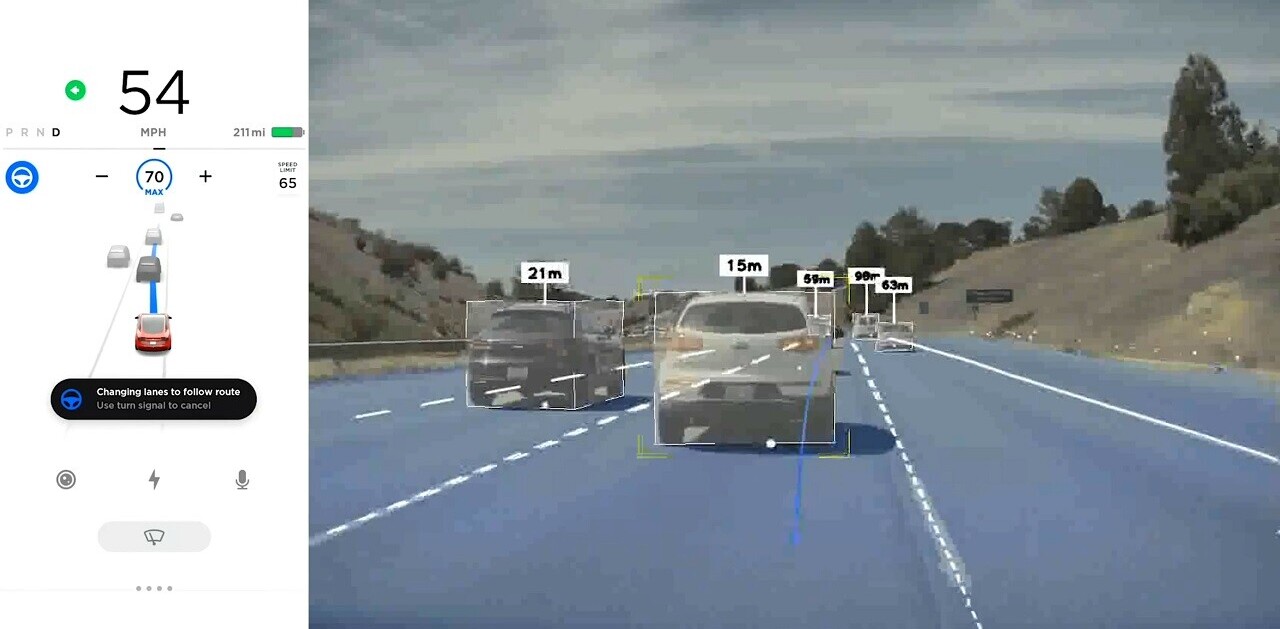
(Bloomberg) — Jennifer Smith doesn’t like the term “accident.” It implies too much chance and too little culpability.
A “crash” killed her mother in 2008, she insists, when her car was broadsided by another vehicle while on her way to pick up cat food. The other driver, a 20-year-old college student, ran a red light while talking on his mobile phone, a distraction that he immediately admitted and cited as the catalyst of the fatal event.
“He was remorseful,” Smith, now 43, said. “He never changed his story.”
Yet in federal records, the death isn’t attributed to distraction or mobile-phone use. It’s just another line item on the grim annual toll taken by the National Highway Transportation Safety Administration [NHTSA]—one of 37,262 that year. Three months later, Smith quit her job as a realtor and formed Stopdistractions.org, a nonprofit lobbying and support group. Her intent was to make the tragic loss of her mother an anomaly.
To that end, she has been wildly unsuccessful. Nine years later, the problem of death-by-distraction has gotten much worse.
There are however three big clues, and they don’t rest along the highway. One, as you may have guessed, is the substantial increase in smartphone use by U.S. drivers as they drive. From 2014 to 2016, the share of Americans who owned an iPhone, Android phone, or something comparable rose from 75 percent to 81 percent.
The second is the changing way in which Americans use their phones while they drive. These days, we’re pretty much done talking. Texting, Twitter, Facebook, and Instagram are the order of the day—all activities that require far more attention than simply holding a gadget to your ear or responding to a disembodied voice. By 2015, almost 70 percent of Americans were using their phones to share photos and follow news events via social media. In just two additional years, that figure has jumped to 80 percent.
Finally, the increase in fatalities has been largely among bicyclists, motorcyclists, and pedestrians—all of whom are easier to miss from the driver’s seat than, say, a 4,000-pound SUV—especially if you’re glancing up from your phone rather than concentrating on the road. Last year, 5,987 pedestrians were killed by cars in the U.S., almost 1,100 more than in 2014—that’s a 22 percent increase in just two years.
Safety regulators and law enforcement officials certainly understand the danger of taking—or making—a phone call while operating a piece of heavy machinery. They still, however, have no idea just how dangerous it is, because the data just isn’t easily obtained. And as mobile phone traffic continues to shift away from simple voice calls and texts to encrypted social networks, officials increasingly have less of a clue than ever before.
There are many reasons to believe mobile phones are far deadlier than NHTSA spreadsheets suggest. Some of the biggest indicators are within the data itself. In more than half of 2015 fatal crashes, motorists were simply going straight down the road—no crossing traffic, rainstorms, or blowouts. Meanwhile, drivers involved in accidents increasingly mowed down things smaller than a Honda Accord, such as pedestrians or cyclists, many of whom occupy the side of the road or the sidewalk next to it. Fatalities increased inordinately among motorcyclists (up 6.2 percent in 2016) and pedestrians (up 9 percent).
“Honestly, I think the real number of fatalities tied to cell phones is at least three times the federal figure,” Jennifer Smith said. “We’re all addicted and the scale of this is unheard of.”
In a recent study (PDF), the nonprofit National Safety Council found only about half of fatal crashes tied to known mobile phone use were coded as such in NHTSA databases. In other words, according to the NSC, NHTSA’s figures for distraction-related death are too low.
Perhaps more telling are the findings of Zendrive Inc., a San Francisco startup that analyzes smartphone data to help insurers of commercial fleets assess safety risks. In a study of 3 million people, it found drivers using their mobile phone during 88 percent of trips. The true number is probably even higher because Zendrive didn’t capture instances when phones were mounted in a fixed position—so-called hands free technology, which is also considered dangerous.
“It’s definitely frightening,” said Jonathan Matus, Zendrive’s co-founder and chief executive officer. “Pretty much everybody is using their phone while driving.”
There are, by now, myriad technological nannies that freeze smartphone activity. Most notably, a recent version of Apple’s iOS operating system can be configured to keep a phone asleep when its owner is driving and to send an automated text response to incoming messages. However, the “Do Not Disturb” function can be overridden by the person trying to get in touch. More critically, safety advocates note that such systems require an opt-in from the same users who have difficulty ignoring their phones in the first place.
In NHTSA’s defense, its tally of mobile phone-related deaths is only as good as the data it gets from individual states, each of which has its own methods for diagnosing and detailing the cause of a crash. Each state in turn relies on its various municipalities to compile crash metrics—and they often do things differently, too.
The data from each state is compiled from accident reports filed by local police, most of which don’t prompt officers to consider mobile phone distraction as an underlying cause. Only 11 states use reporting forms that contain a field for police to tick-off mobile-phone distraction, while 27 have a space to note distraction in general as a potential cause of the accident.
The fine print seems to make a difference. Tennessee, for example, has one of the most thorough accident report forms in the country, a document that asks police to evaluate both distractions in general and mobile phones in particular. Of the 448 accidents involving a phone in 2015 as reported by NHTSA, 84 occurred in Tennessee. That means, a state with 2 percent of the country’s population accounted for 19 percent of its phone-related driving deaths. As in polling, it really depends on how you ask the question.
Massachusetts State Police Sergeant Christopher Sanchez, a national expert on distracted driving, said many police departments still focus on drinking or drug use when investigating a crash. Also, figuring out whether a mobile phone was in use at the time of a crash is usually is getting trickier every day—proving that it precipitated the event can be even harder to do.
Prosecutors have a similar bias. Currently, it’s illegal for drivers to use a handheld phone at all in 15 states, and texting while driving is specifically barred in 47 states. But getting mobile phone records after a crash typically involves a court order and, and even then, the records may not show much activity beyond a call or text. If police provide solid evidence of speeding, drinking, drugs or some other violation, lawyers won’t bother pursuing distraction as a cause.
“Crash investigators are told to catch up with this technology phenomenon—and it’s hard,” Sanchez said. “Every year new apps are developed that make it even more difficult.” Officers in Arizona and Montana, meanwhile, don’t have to bother, since they allow mobile phone use while you drive. And in Missouri, police only have to monitor drivers under age 21 who pick up their phone while driving.
Like Smith, Emily Stein, 36, lost a parent to the streets. Ever since her father was killed by a distracted driver in 2011, she sometimes finds herself doing unscientific surveys. She’ll sit in front of her home in the suburbs west of Boston and watch how many passing drivers glance down at their phones.
“I tell my local police department: ‘If you come here, sit on my stoop and hand out tickets. You’d generate a lot of revenue,’” she said.
Since forming the Safe Roads Alliance five years ago, Stein talks to the police regularly. “A lot of them say it surpasses drunk driving at this point,” she said. Meanwhile, grieving families and safety advocates such as her are still struggling to pass legislation mandating hands-free-only use of phones while driving—Iowa and Texas just got around to banning texting behind the wheel.
“The argument is always that it’s big government,” said Jonathan Adkins, executive director of the Governors Highway Safety Association. “The other issue is that … it’s hard to ban something that we all do, and we know that we want to do.”
Safety advocates such as Smith say lawmakers, investigators and prosecutors won’t prioritize the danger of mobile phones in vehicles until they are seen as a sizable problem—as big as drinking, say. Yet, it won’t be measured as such until it’s a priority for lawmakers, investigators and prosecutors.
“That’s the catch-22 here,” Smith said. “We all know what’s going on, but we don’t have a breathalyzer for a phone.”
Perhaps the lawmakers who vote against curbing phone use in cars should watch the heart-wrenching 36-minute documentary filmmaker Werner Herzog made on the subject. Laudably, the piece, From One Second to the Next, was bankrolled by the country’s major cellular companies. “It’s not just an accident,” Herzog said of the fatalities. “It’s a new form of culture coming at us, and it’s coming with great vehemence.”
Adkins has watched smartphone culture overtake much of his work in 10 years at the helm of the GHSA, growing increasingly frustrated with the mounting death toll and what he calls clear underreporting of mobile phone fatalities. But he doesn’t think the numbers will come down until a backlash takes hold, one where it’s viewed as shameful to drive while using a phone. Herzog’s documentary, it appears, has had little effect in its four years on YouTube.com. At this point, Adkins is simply holding out for gains in autonomous driving technology.
“I use the cocktail party example,” he explained. “If you’re at a cocktail party and say, ‘I was so hammered the other day, and I got behind the wheel,’ people will be outraged. But if you say the same thing about using a cell phone, it won’t be a big deal. It is still acceptable, and that’s the problem.”
This post was originally published by Bloomberg | Quint
Get the TNW newsletter
Get the most important tech news in your inbox each week.









